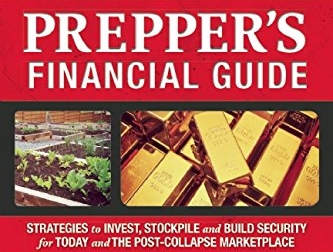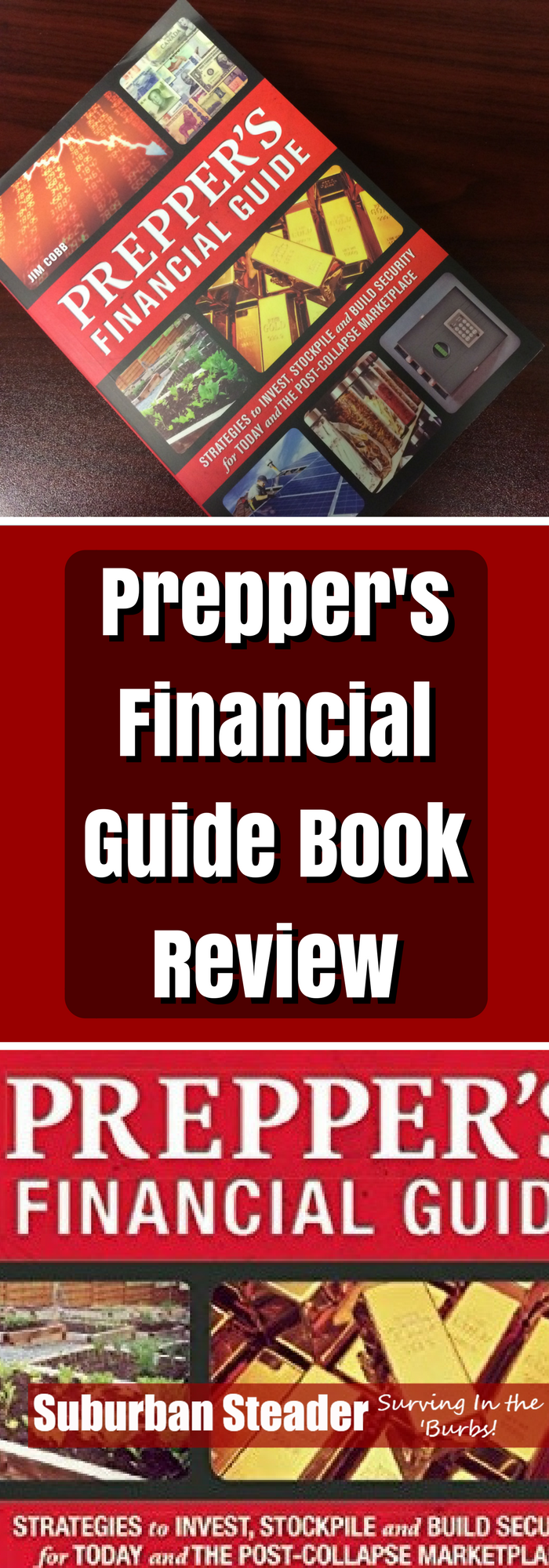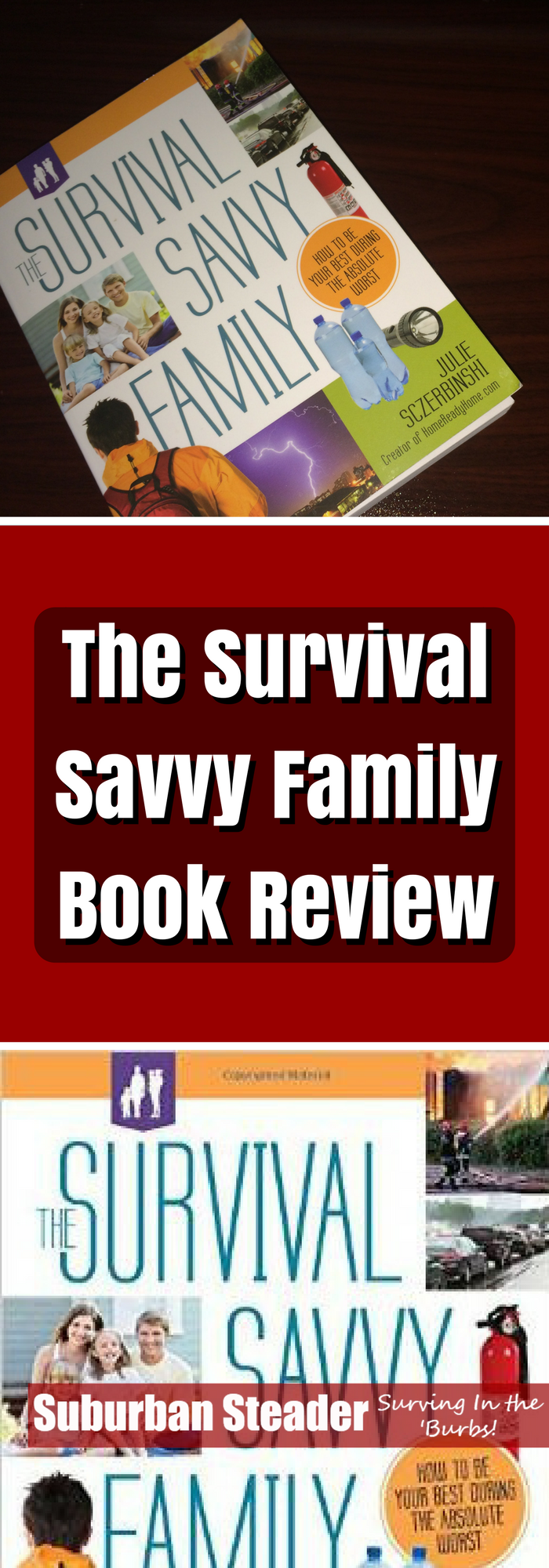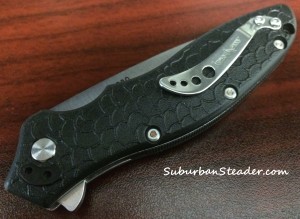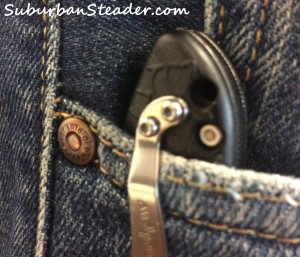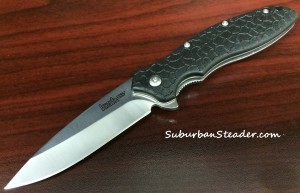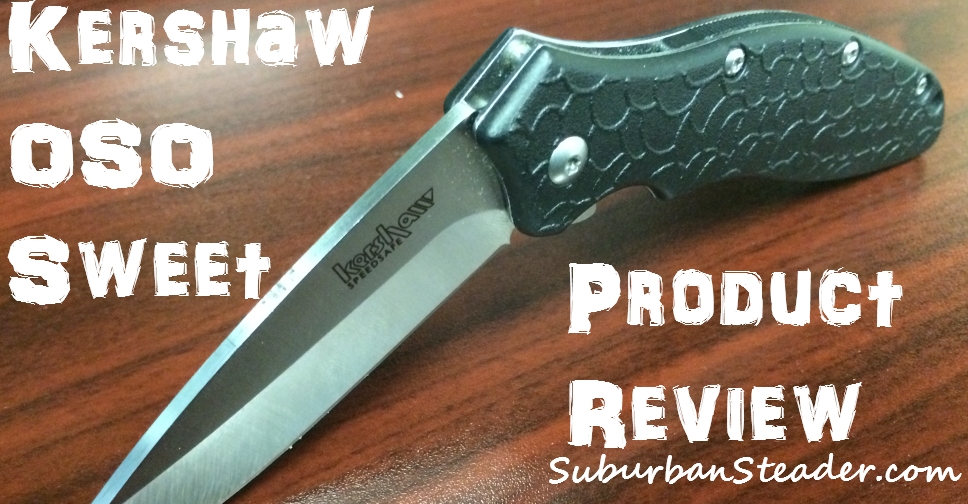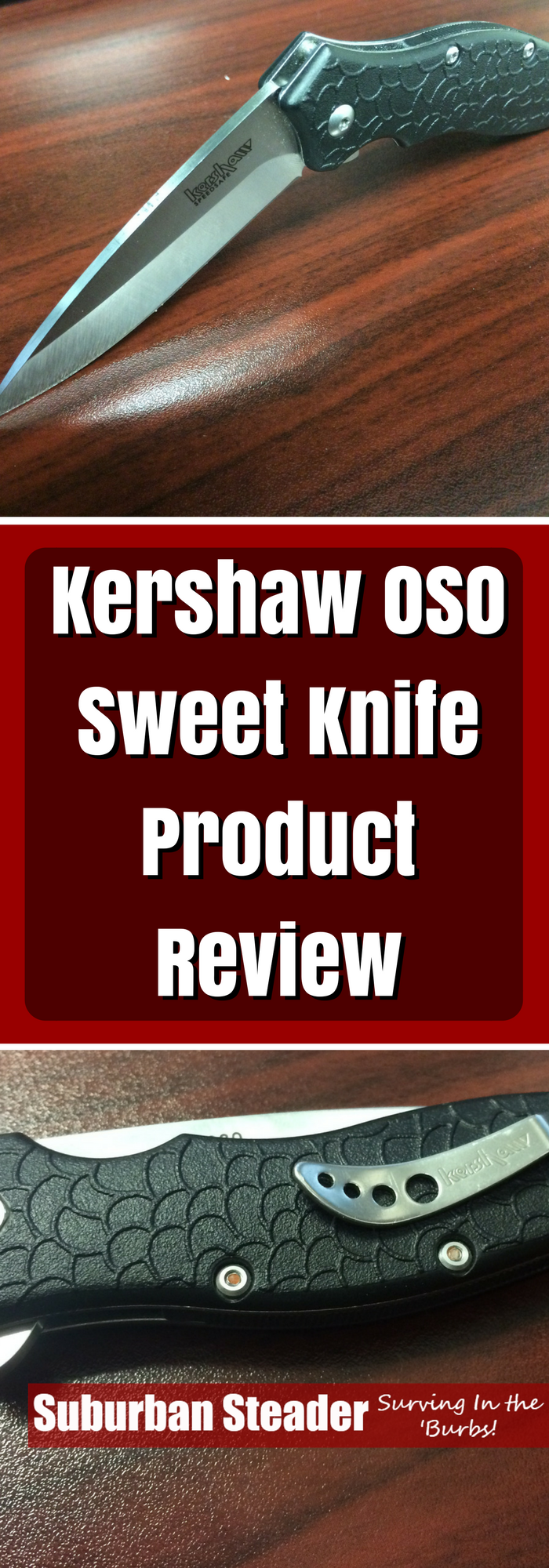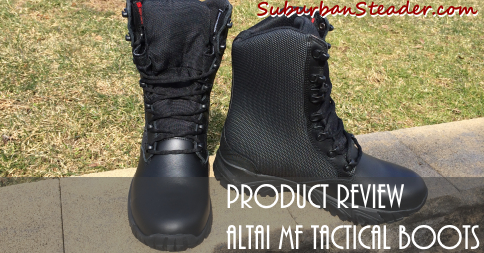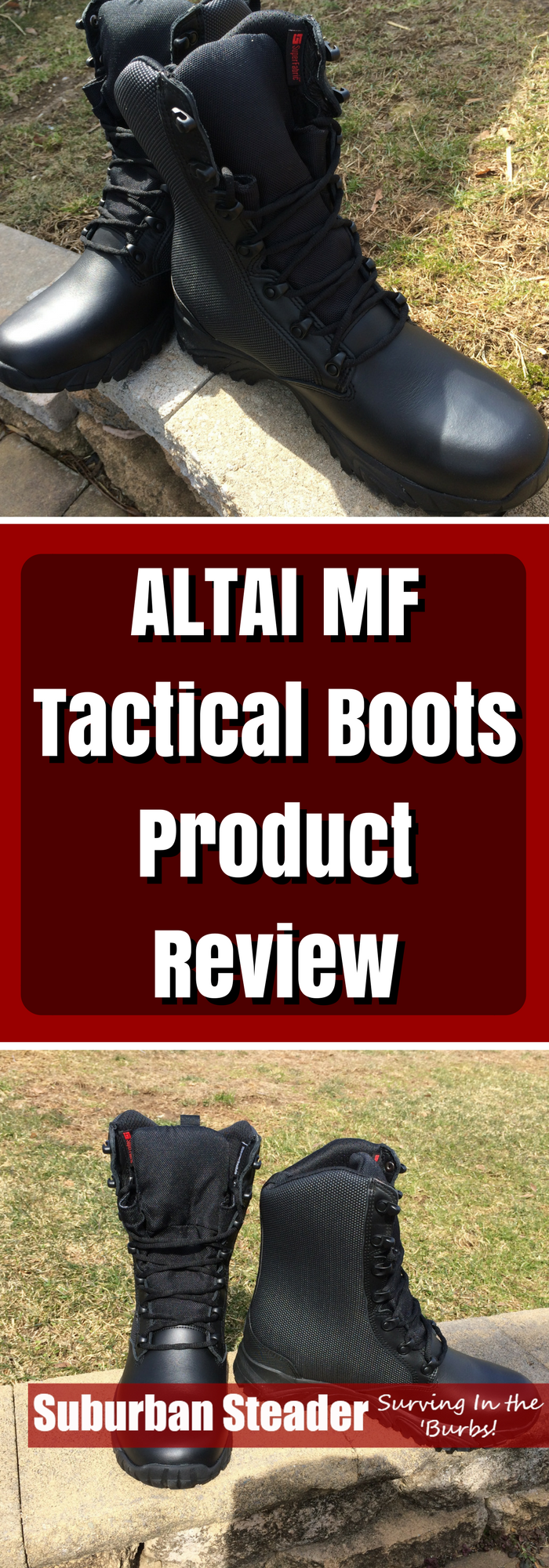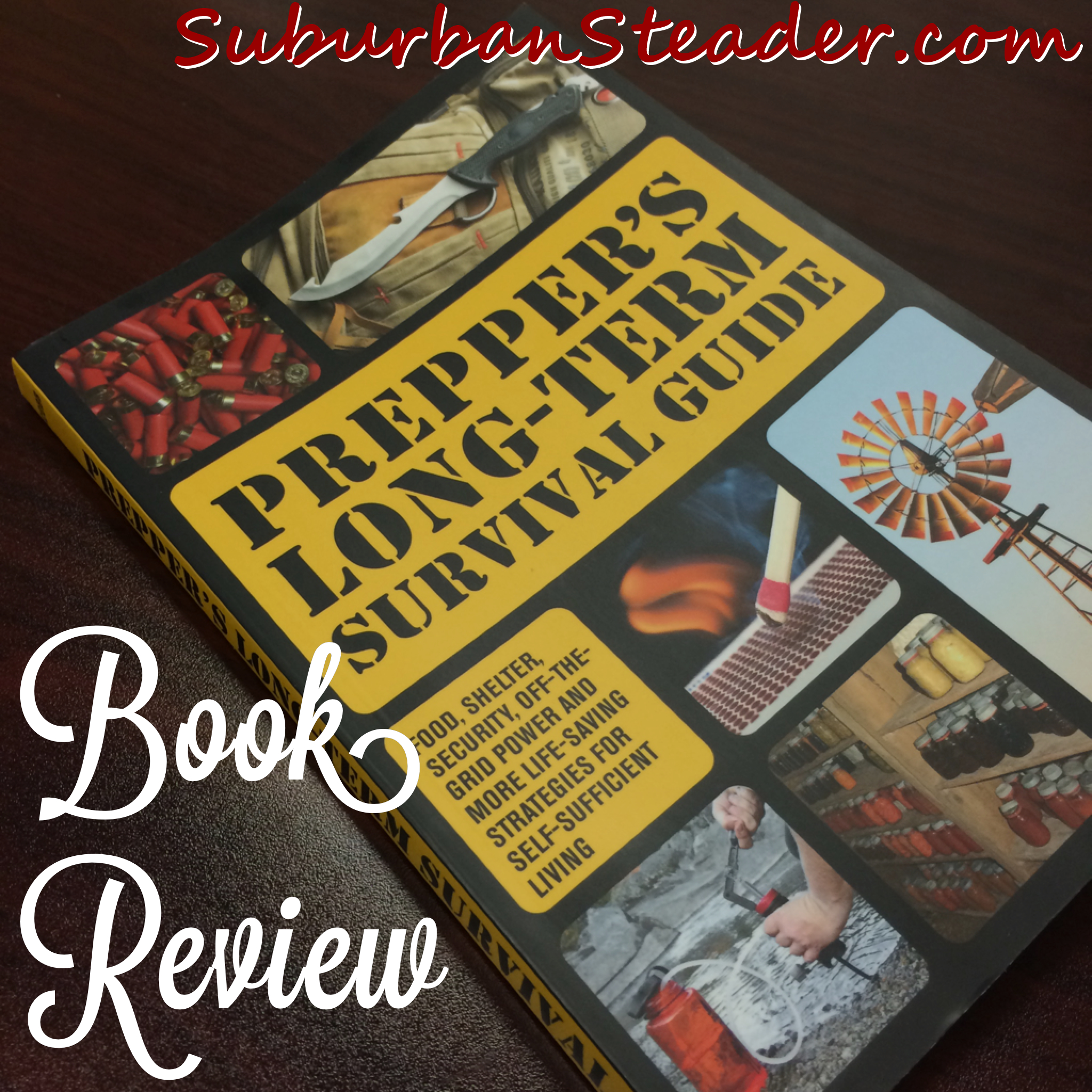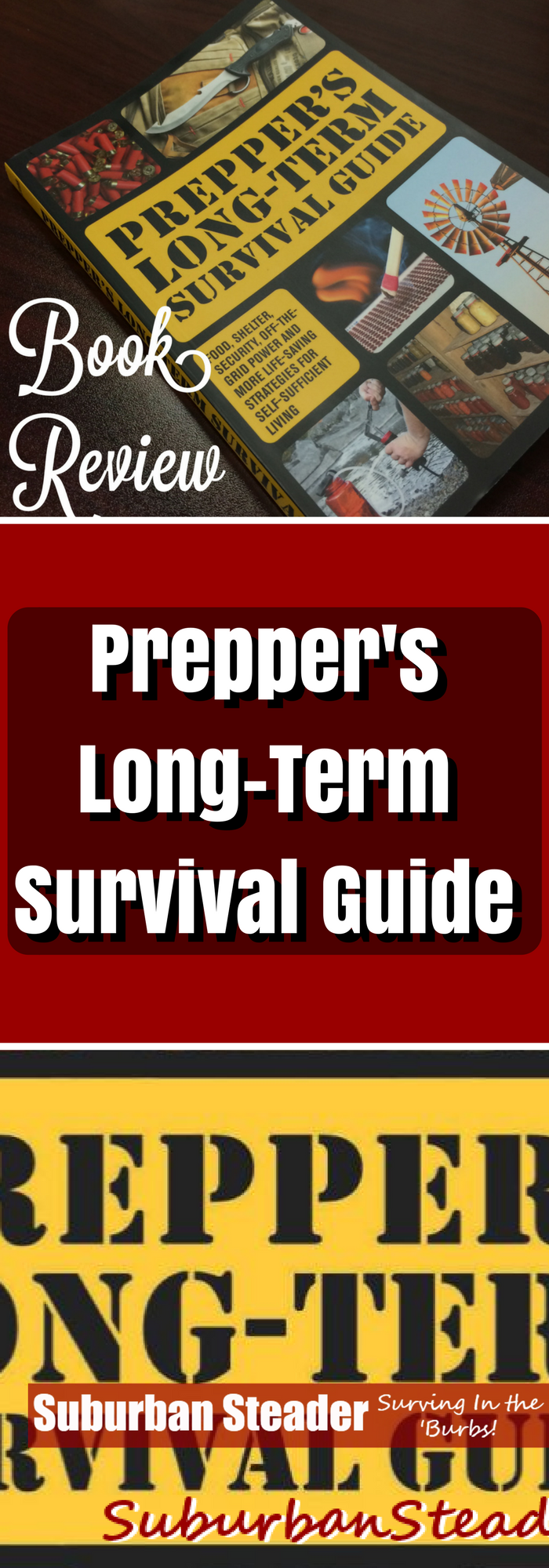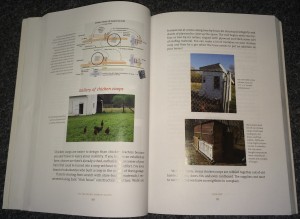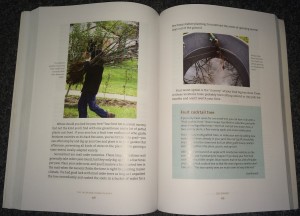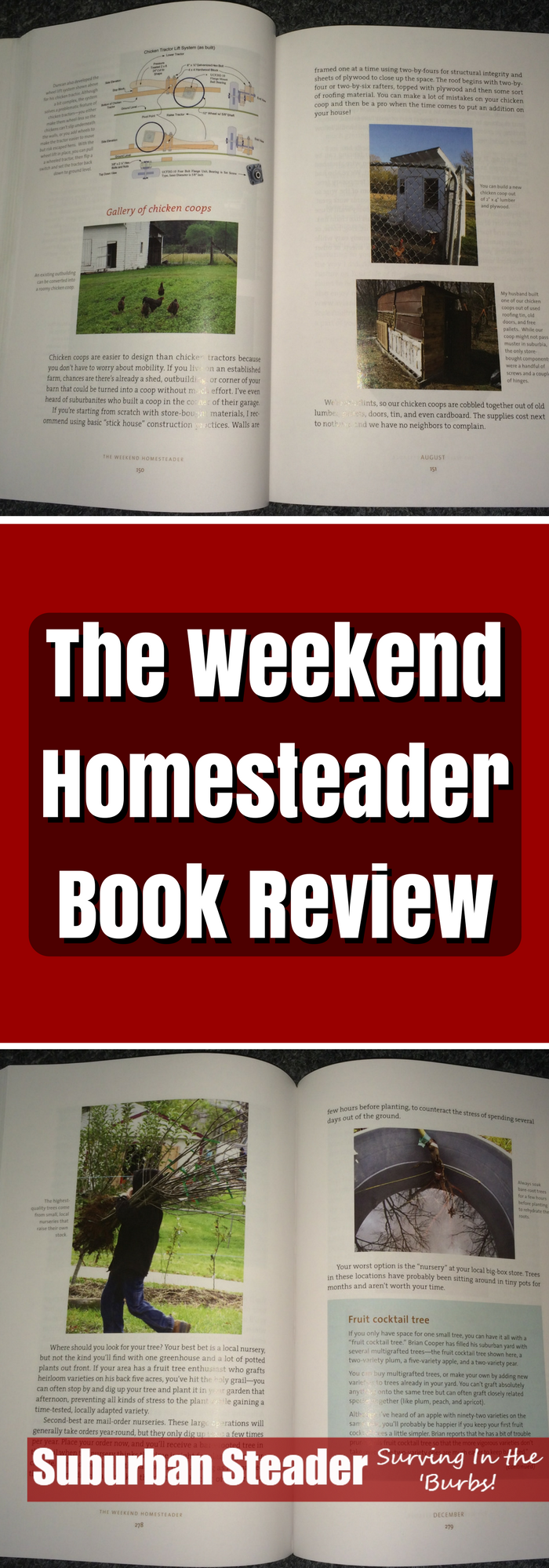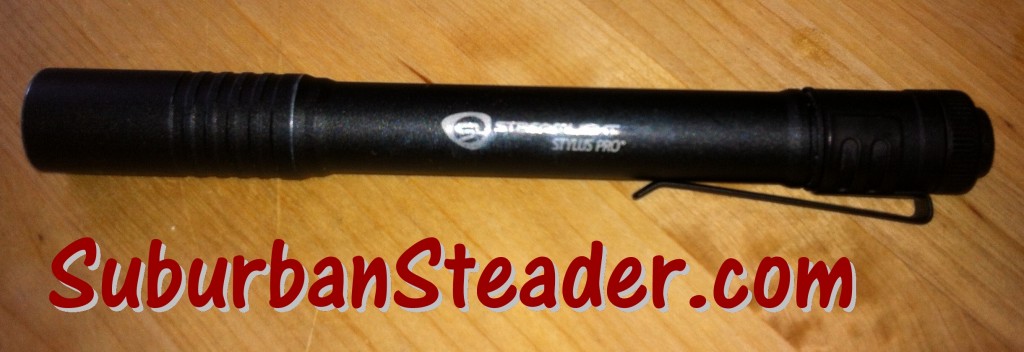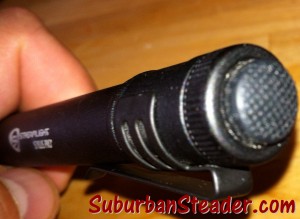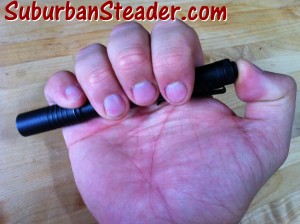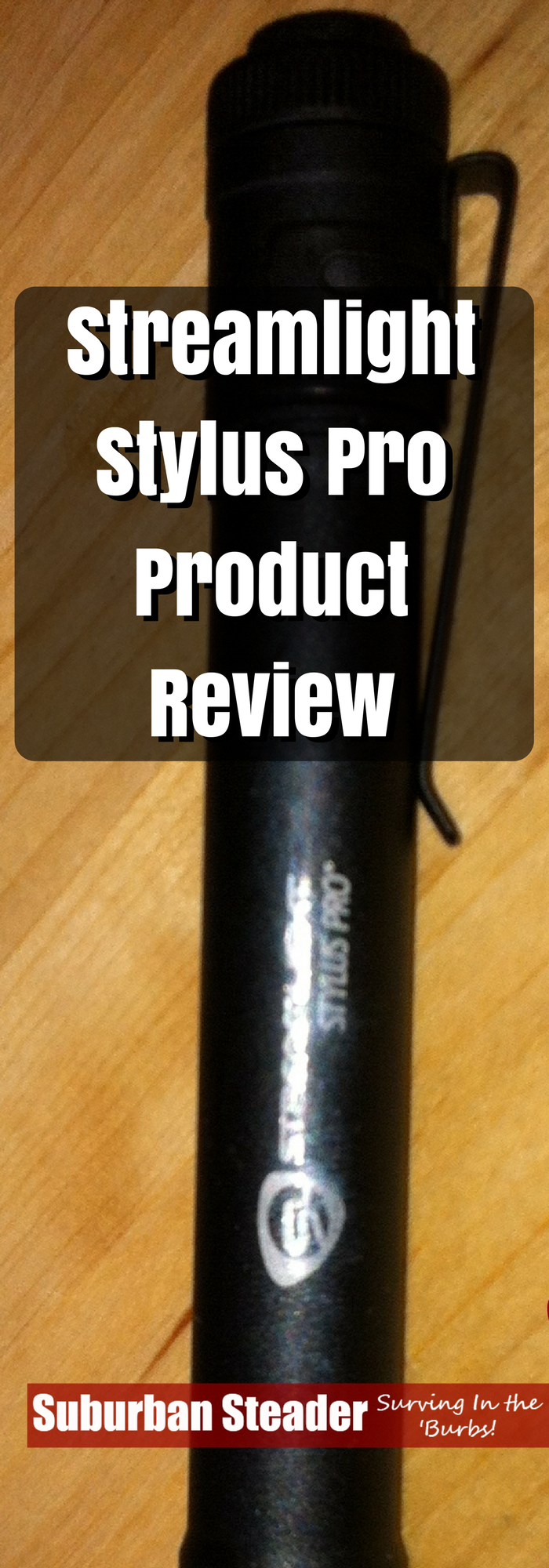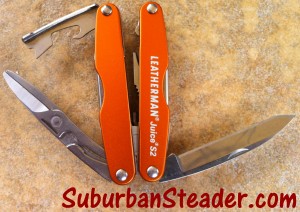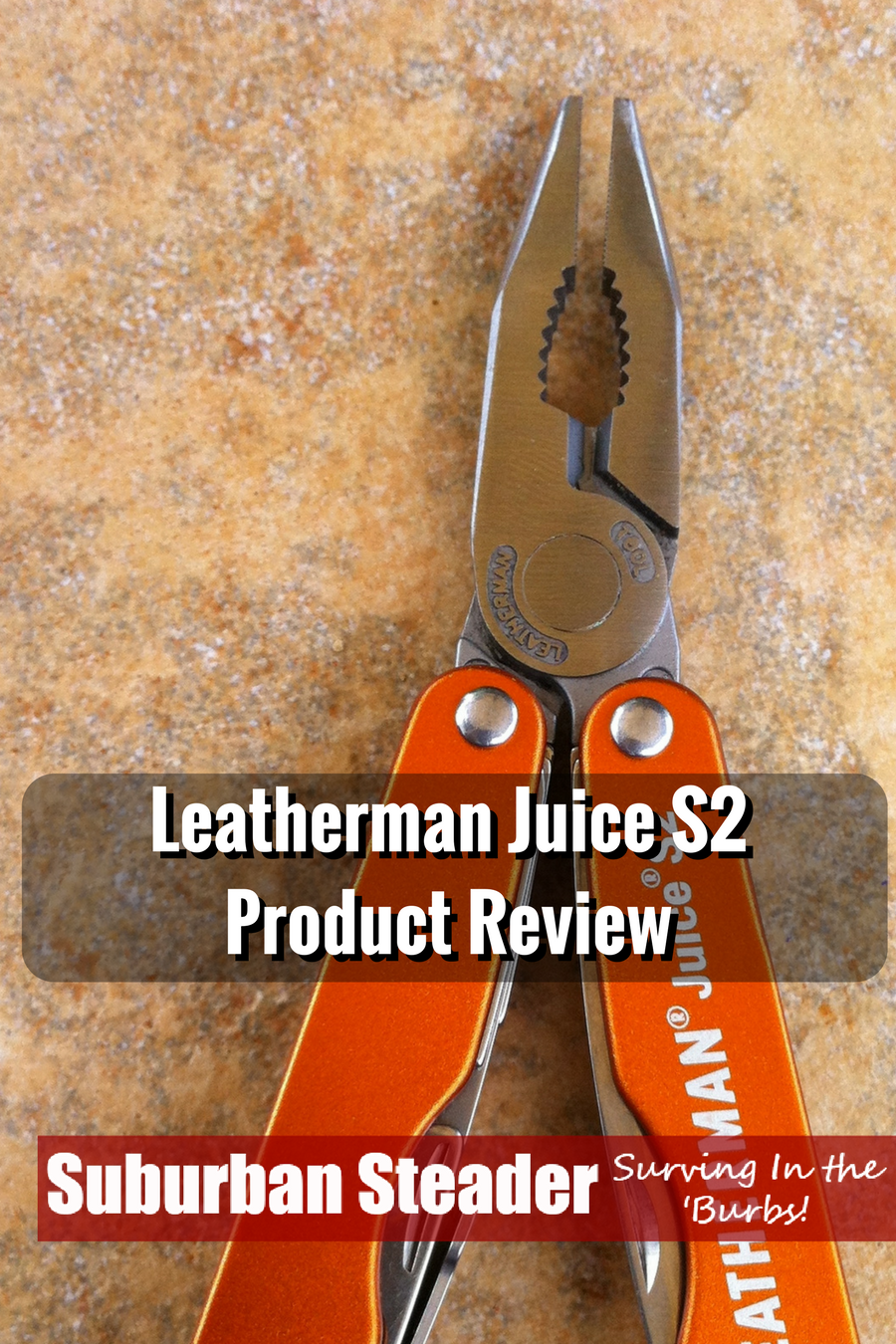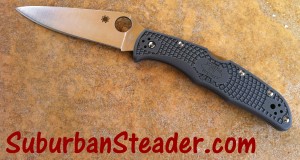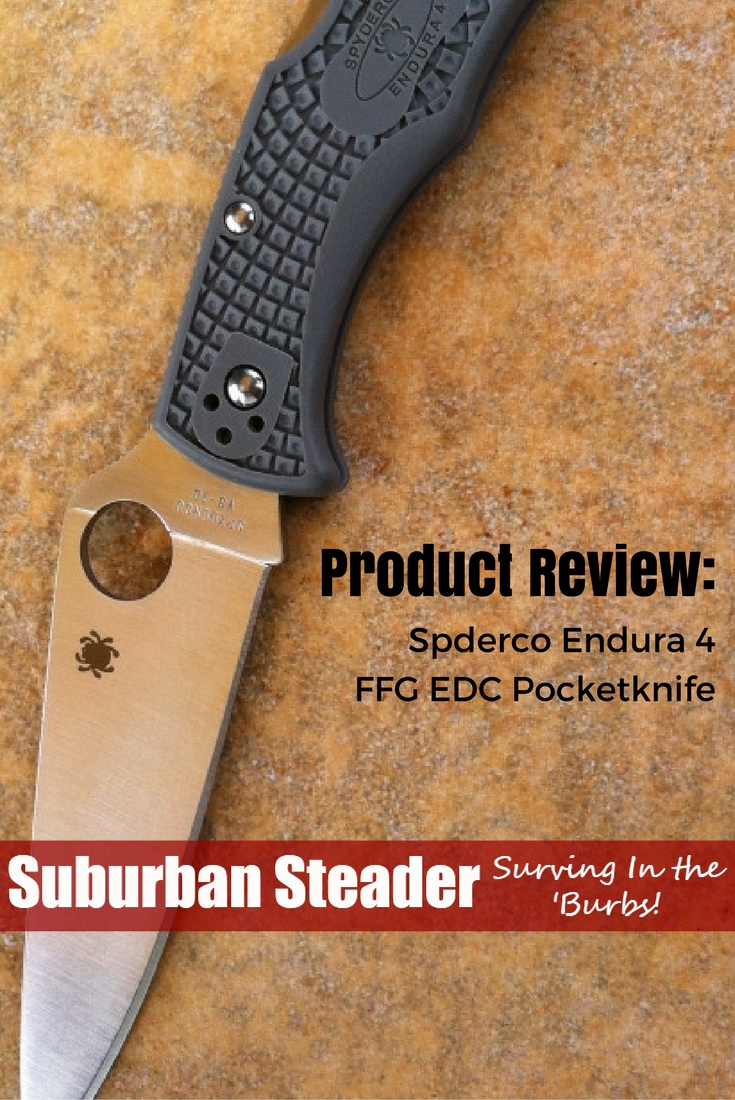Prepper’s Financial Guide (Book Review)
Financial freedom is something I often preach about here on Suburban Steader. All suburban homesteaders can benefit from being free of financial burden. How do you get there? There are lots of ways to go about it. You can get quite overwhelmed with all the different ways to get to financial independence. Jim Cobb’s latest offering, Prepper’s Financial Guide, walks you through different topics which will lead towards financial independence.
Book Set-Up
Jim has laid out Prepper’s Financial Guide in a very concise manner as is typical with his books. Each chapter is precise and addresses both the why and how of each topic. The chapters are as follows:
Chapter 1 – What Is An Economic Collapse?
Jim spends some time talking about the definition of an economic collapse as well as describing what can cause one. He goes into depth talking about some economic collapses in history including Germany (1921-1924), the US (1929-1940) and Argentina (1998-2002).
Chapter 2 – Debt Reduction
The first step in finding financial freedom is debt reduction. You’re halfway home if you don’t owe anyone anything. Jim discusses topics such as authoring a budget, reducing your realistic debts (debt snowball, anyone?), managing credit cards and cutting your expenses in both soft and hard approaches.
Chapter 3 – Currency
Do you know the difference between commodity and fiat currencies? Want to understand more about exchange rates? This chapter of Prepper’s Financial Guide will set you straight.
Chapter 4 – Precious Metals And Minerals
Most preppers know that gold and silver are the mainstays in ‘prepping currency.’ Jim dives into these precious metals and others. He also talks about minerals (diamonds, rubies, etc.) in this chapter.
Chapter 5 – Post-Collapse Barter And Trade Goods
Stocking up on vices, consumables and medical supplies is recommended in this chapter because barter items will be the ‘normal’ currency in a SHTF scenario.
Chapter 6 – Bartering Skills Instead Of Stuff
Don’t have any material possessions to trade? No worries. Jim talks about trading time and sweat of your brow in this chapter.
Chapter 7 – Safeguarding Valuables
Safes, hiding spots, and caches – as you might expect – are the main topics in this chapter.
Chapter 8 – Investing In Self-Sufficiency
This chapter of Prepper’s Financial Guide is one of the longer ones. Jim spends a lot of time explaining how the best way to survive a financial downturn is to reduce your dependence on purchasing power. Grow a garden, raise your own livestock, learn about medicinal plants and herbs, grow your handyman skill set – these are all skills you can be doing now to reduce your financial dependence later.
Chapter 9 – Putting It All Together: The Home Of The Self-Sufficient Investor
Setting up your property to be self-sufficient and maximize your investments is a key part of being a financially free prepper. Jim’s exploration of this topic is broad and general due to the fact that each situation will be unique.
Chapter 10 – Final Thoughts
Jim summarizes the books and gives a few parting shots of wisdom.
Why I Liked Prepper’s Financial Guide
You’ll notice that Jim doesn’t have any Earth-shattering information in his book when you compare it to most financial books. Everything he presents is rock solid advice that most anyone will provide AND he paints it in a prepper’s hue. In my opinion, there are a few things in this book that make it a quality addition to your long-term survival library:
- Bluntness – Jim has a history of not sugar-coating anything. An economic collapse situation is going to be tough. Getting your mind wrapped around that idea and accepting it is going to be half the battle.
- Checklists – Much like in Prepper’s Long-Term Survival Guide, Jim disperses valuable checklists in the chapters and provides a large, long barter item checklist at the end.
- Creativeness – Jim’s approaches are not always in line with mainstream thinking. He’s not afraid to think outside of the box and present unorthodox ideas.
What I Didn’t Like
In my opinion, an economic collapse will bring out the worst in people. Folks will be capable of doing most anything when they are hungry, thirsty and cold. I would have expected a bit more in the chapter about safeguarding your valuables. I think Jim’s view is a little too utopian – although this book wasn’t intended as a prediction of social environments. I have to say that I was a bit surprised that the “Oldest Profession In The World” didn’t come up in Chapter 6. I wouldn’t expect Jim to promote it, but I would expect that – if you’re talking about bartering “skills” – the topic would come up.
Overall Thoughts on Prepper’s Financial Guide
I think Prepper’s Financial Guide by Jim Cobb is a solid addition to your long-term survival library. Most of the financial information and advice provided is no different than the majority of financial books and websites out there, however, the book is written with the prepper in mind. That last fact makes it a good read.
Disclaimer: Jim Cobb supplied a copy of Prepper’s Financial Guide for me to review. I can assure my readers that I gave it a fair and honest review.
